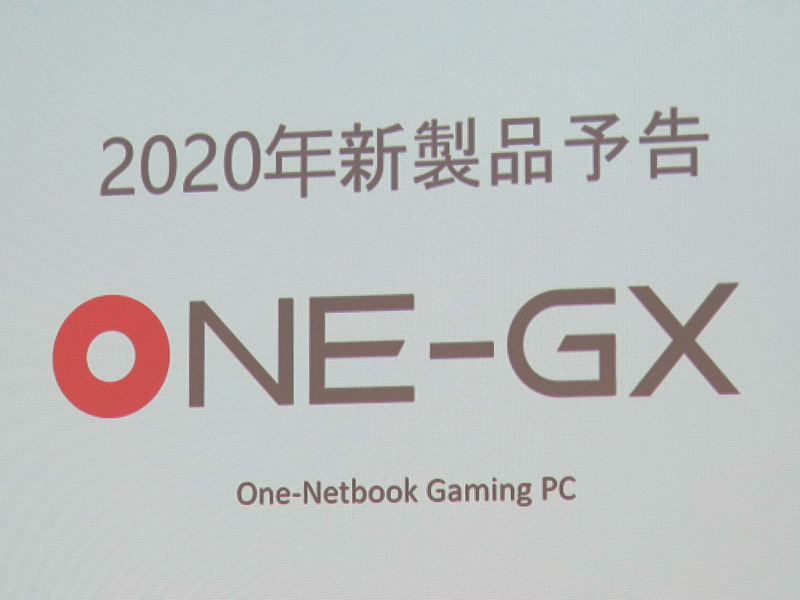Where do you see 28W?
Rumor is all the Tiger U parts are intended to be 28 W. OEMs can of course change PL1 and PL2 to whatever they want.
Where do you see 28W?
That's the rumor that all the Tiger U parts are intended to be 28 W.
This is not true and absolutely makes no sense that TGL-U is limited to 28W. The rumors and Intels own data says TGL-Y 9W and TGL-U 15/28W just like Icelake . And pretty sure the standard TDP for TGL-U will be 15W. There is no 28W mention in this tweet.
That's the rumor. Intel's roadmap is changing often so we'll have to see what actually comes out. But it does paint the picture that Tiger's availability will be limited compared to Comet LPDDR4/Rocket.
What rumor? Link it. You need a very good source to back it up. It's insane how much nonsense there is floating around lately.
Too lazy. Besides, Intel's roadmap as I mention is changing daily so they are liable to change their mind.
As expected there is nothing, that is made up out of thin air. There is only one TDP leak from a trustable known source. It's from sharkbay, he claims 9W for TGL-U and 15/28W for TGL-U. It would be crazy if TGL-U starts at 28W, all the current 15W optimized chassis and cooling devices would be trash for TGL-U, it makes zero sense. You need to be more serious and logical sometimes.
It does seem like 10nm++ clock is improving at least.
That's what Comet LPDDR4 is for.
This time, -Y will actually exist.
Tiger Lake supposedly has much better performance at low wattage than Ice Lake:Come to think of it, it would explain why Icelake Y and 28 W are MIA... they are quickly being replaced by Tiger Lake and OEMs decided to not bother.

Ice Lake Y is currently only available to Apple and Microsoft
Come to think of it, it would explain why Icelake Y and 28 W are MIA... they are quickly being replaced by Tiger Lake and OEMs decided to not bother.
Possible that Intel only offered it to those two, but MS clearly isn't using going to use it and Apple could in theory refresh the Air with it but likely won't.
It does seem like 10nm++ clock is improving at least.
Where do you see 28W?
Where do you see 28W?
As expected there is nothing, that is made up out of thin air. There is only one TDP leak from a trustable known source. It's from sharkbay, he claims 9W for TGL-U and 15/28W for TGL-U. It would be crazy if TGL-U starts at 28W, all the current 15W optimized chassis and cooling devices would be trash for TGL-U, it makes zero sense. You need to be more serious and logical sometimes.
So they're both at 15W and neither can sustain turbo clocks under those constraints. Sounds like a laptop CPU.Does it matter if it is or it isn't when it can't achieve the 4.3GHz ST boost at 15W?
The TDP is mostly irrelevant.
So there is TGL-U 15/28 as I said. The gains are really big in this SPEC test and needless to say an ES2 sample isn't necessarily running final clock speeds, even though I have to take the claims with a pinch of salt. Or does anyone know if this is a known trustable leaker? I believe these gains are doable because 10nm+ on Icelake is really low clocked and underwhelmimg, they potentially could make big gains with 10nm++ and Willow Cove.
That ES is a 28 W model. The person is claiming they set the (TDP? PL2?) to 15 to add to the comparison.
You still believe in TGL being 28W only? Really?
But that ES is definitely 28 W, no question.
TGL-U ES2, single-threaded 4.3GHz, full-core 4GHz, 1065G7 single-threaded 3.9GHz full-core 3.5GHz, with the same power consumption of 15 watts, the single instance performance of spec06 / 17 is close to 20% (15-18%), if Set TDP at 28 watts, a single instance will lead more.


